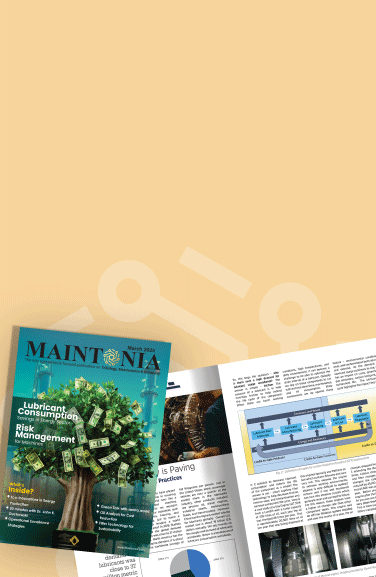How Filter Technology is Paving The Way for Sustainability Best Practices
Lubricants have played a key role in ensuring the world runs like a well-oiled machine. Without lubricants we wouldn’t have some of our essentials such as food, clothes, housing, and even electricity, just to name a few. Can you imagine a world without lubricants? In 2019, Statista reported that the global demand for lubricants was close to 37 million metric tons. North America has the most per capita demand, it is about 4 times the worldwide average of 4.8 Kilograms per person. Just in the United States alone, passenger vehicles are over a quarter of the market share in the lubricants industry, other products included are process oil, diesel engines, industrial plants, metalworking fluids, and transmissions. However, China has the highest market volume for lubricants globally. Overall U.S. market size is about 19 billion U.S. dollars annually. We rely heavily on the supply and demand of lubricants worldwide. Below is a breakdown of lubricant consumption worldwide.
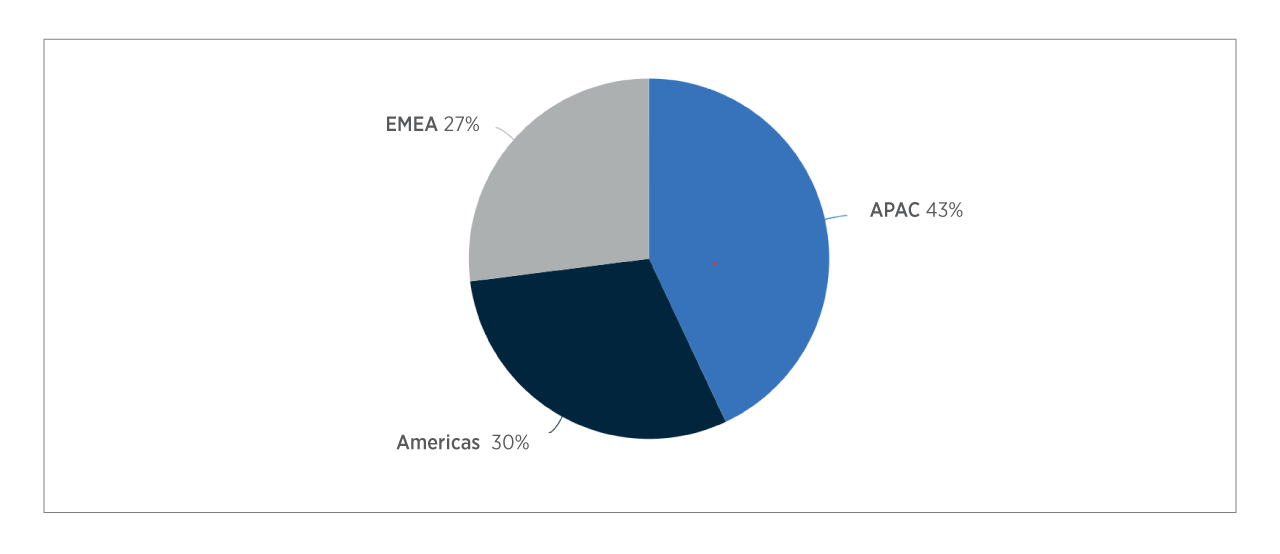
So, this begs the question – why is there such a high demand for lubricant usage worldwide? The answer is simple – friction. The purpose of a lubricant is to help minimize friction to help extend the life cycle of the component. When there are harsh working conditions, high temperatures, and dirty environments it can become a challenge to be able to optimize the drain interval of a lubricant. Globally we rely on these components to run with minimal downtime, maintenance, and oil consumption. Many components are up against many factors – environmental conditions, wear, and contamination both internal and external. As the demand for lubricant usage continues to rise, that has an impact on costs, greenhouse gas emissions, carbon footprint, and component life. The lubricant life cycle highlights the impact this has –
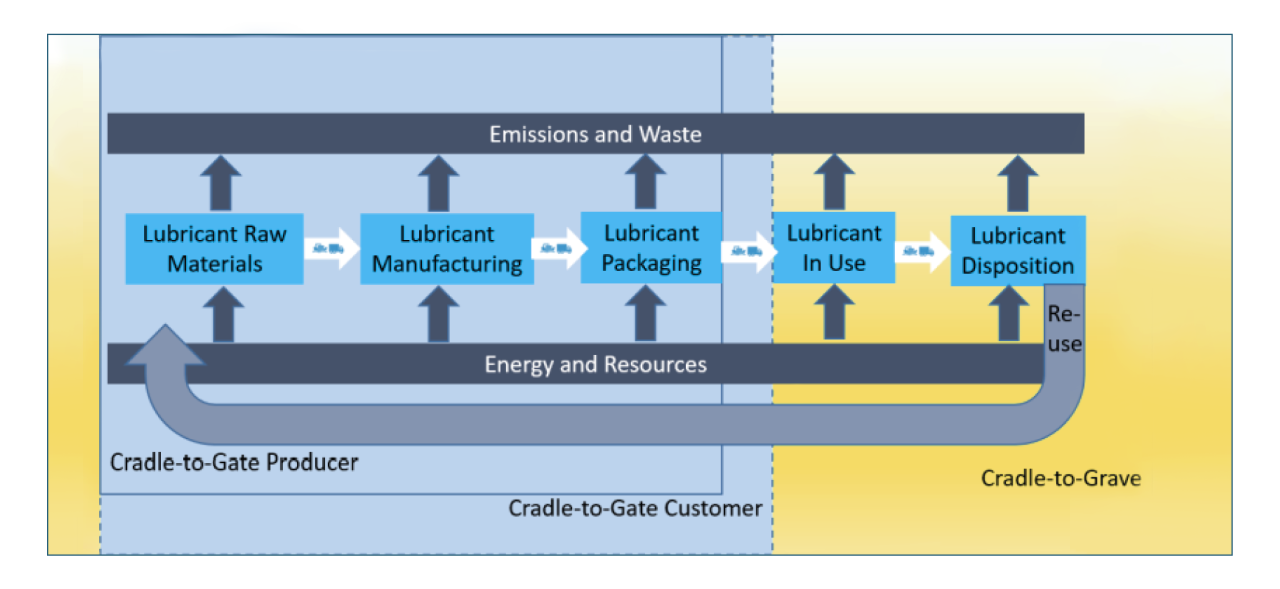
Is it possible to decrease lubricant consumption and extend the life of the component as a whole? The answer is yes - smart capillary filter technology to help decrease friction, remove wear, and contamination and increase component life cycle. Here is a case study of a Gas Engine CAT 3516 from a Landfill with a sump capacity of 500 litres of oil, each year the oil was changed 48 times per year. That is approximately 20,500 litres of oil per year that was being disposed of. Gas engines typically use Methane as fuel which contains Siloxane and runs very hot. This exposes the engine to extreme working environments; siloxane is very difficult to control/remove and if not well monitored can turn into abrasive crystals which generate wear and can lead to failure. For this reason, these engines have a higher oil change rate than other component types. This engine had an off-line filtration system installed and over the course of a year, the oil changes dropped from 48 per year to 7, extending the life of the oil by 7.2 times. Labour, downtime, lubrication and filter changes decreased by 41 changes; the carbon footprint was reduced by 45,100 kg of CO2/year. The overall ROI was around £80,000 per year. Below are the images of the engine after the filters were installed. As you can see the components look very clean fresh off the factory line. This is from just 1 year of having the filters installed.
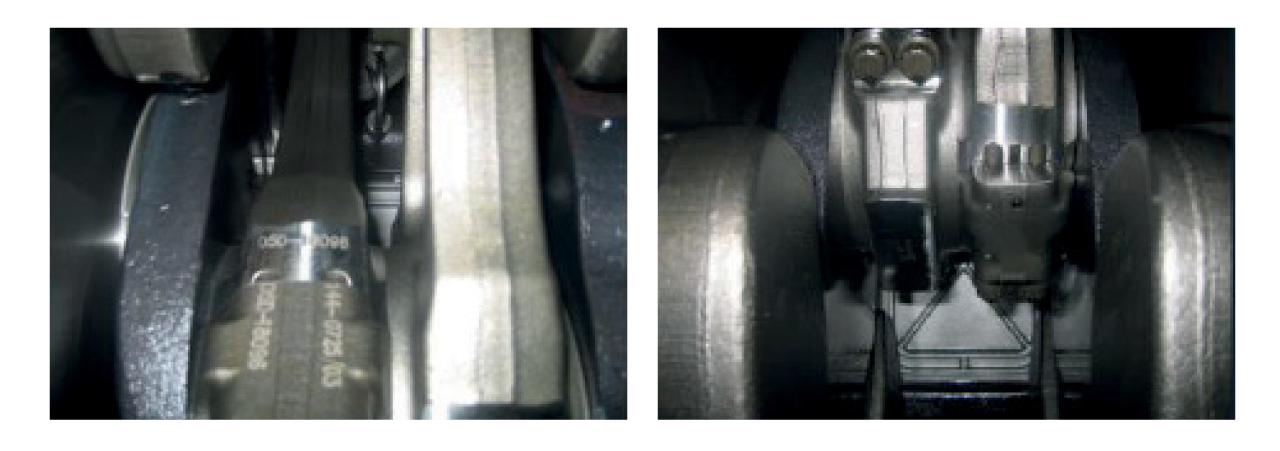
By simply relying on just the engine oil, filters and nothing else. The engine will eventually be subjected to abrasive contaminants, varnish in the oil, and burnt engine oil in the combustion chamber which would eventually lead to failure of the upper cylinder region: valves, stems, piston rings and cylinders. Images below highlight the varnishing and wear caused as a result.
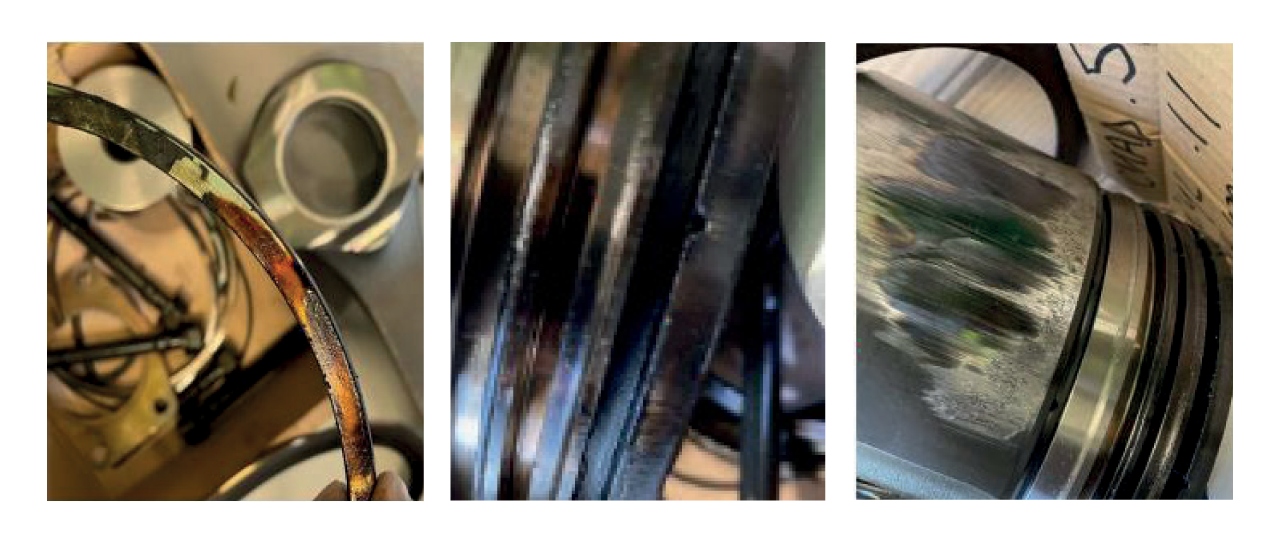
For Gas Combustion Engines, it’s difficult to manage the level of siloxane and contaminants it may be exposed to without controlling the environmental contamination. Sometimes, there is nothing that can be done to change the design or in-line filtration system without compromising, production, ROI, or even the component itself. In a situation such as this, it requires us to think outside of the box to be able to maximize drain intervals, all while not comprising the life of the component and lubricant. With 0.1 submicron filtration, it can effectively remove contamination from the system and the oil. Allowing the oil to truly serve the purpose of keeping the system clean, cool, and dry and minimizing friction overall. At the same time, saving money on lubrication consumption. It will not eliminate the need for oil changes, but it will decrease the overall intervals of oil changes in general. This will change the way we approach condition monitoring.
The demand to find a solution to decrease lubricant consumption will continue to be at the forefront of our industry, there are many other innovative solutions that can help extend the life of the lubricant while still maintaining the integrity and life cycle of the component. Being open to trying new innovative technologies that challenge the way we currently are doing things, isn’t something to shy away from. In fact, I encourage everyone to be open to trying new things. There isn’t one size fits all, every technology has and serves its purpose. It’s about understanding when and where each technology is the most applicable and most effective in reducing overall costs. Gone are the days when frequent oil and filter changes were the norm, more emphasis is being placed on how we can save money, decrease costs, and decrease carbon footprint. The less lubricant is consumed the better for the environment. More renewable energy will be relied upon to generate electricity and therefore these units will require the need to have lubricants that last longer than their expected life cycle without comprising the component.


